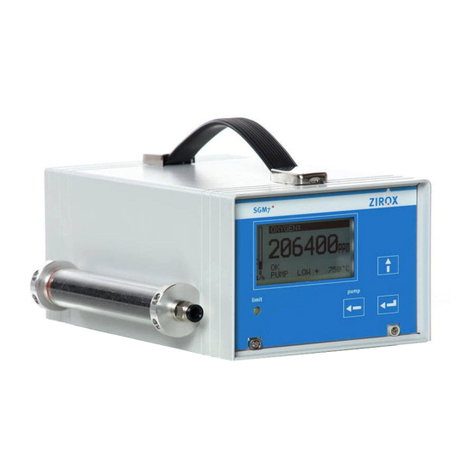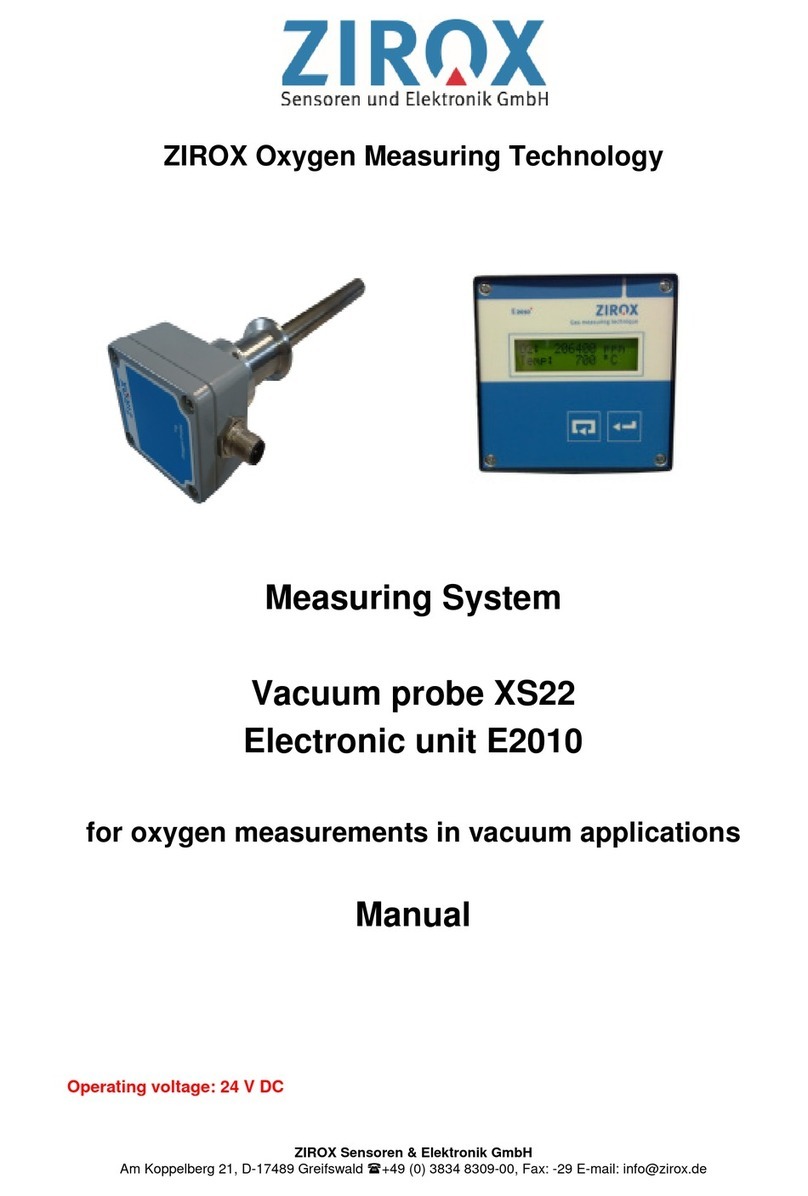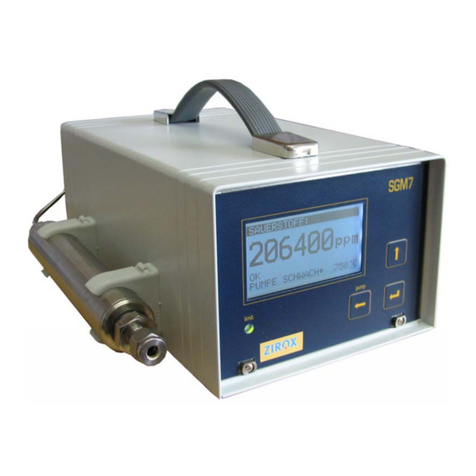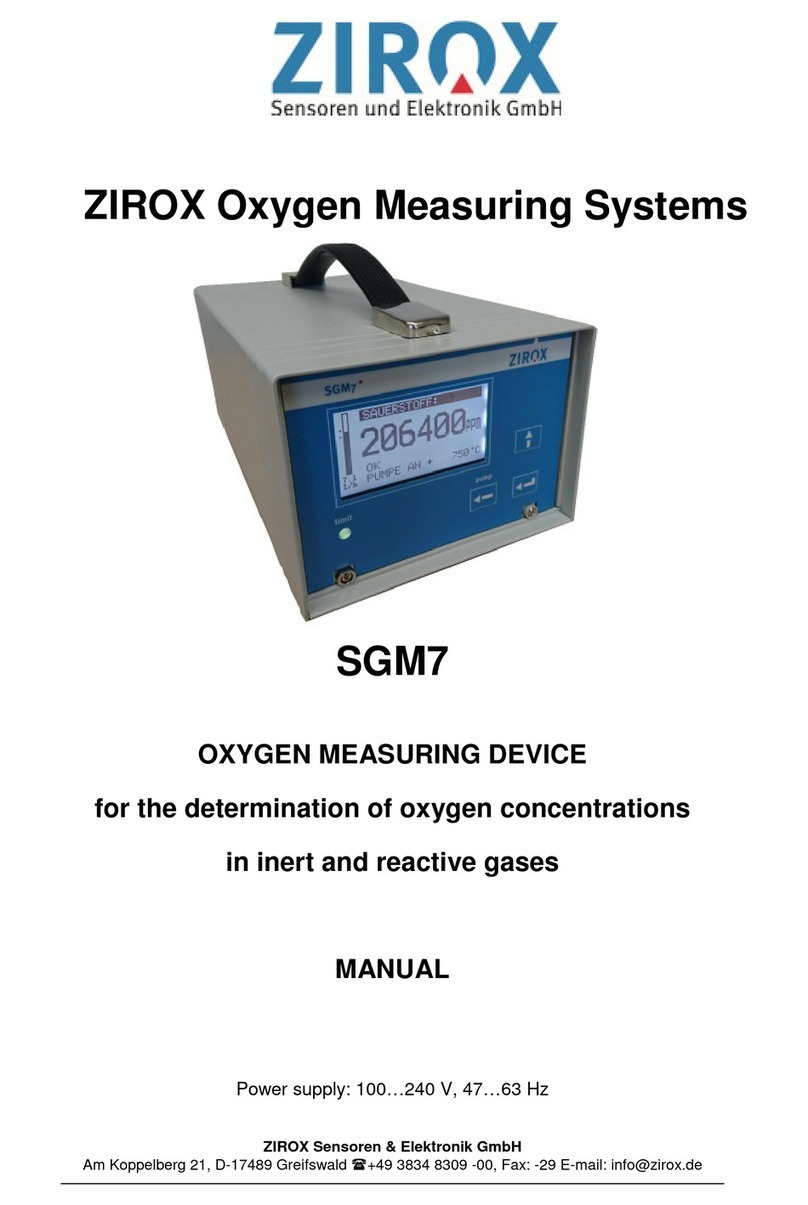
Electrolysis Device SGM5EL Content
2
Table of contents
1 General information ...................................................................................................... 4
1.1 Introduction.......................................................................................................... 4
1.2 Copyright ............................................................................................................. 4
1.3 Commonly used symbols..................................................................................... 4
2 Application fields........................................................................................................... 6
3 Safety regulations ......................................................................................................... 7
4 Functional description .................................................................................................. 8
4.1 Measuring principle.............................................................................................. 8
4.2 Measuring conditions........................................................................................... 9
4.2.1 General recommendations ....................................................................... 9
4.2.2 Gas flow quantity.................................................................................... 10
4.2.3 Accuracy of the measurement................................................................ 10
5 Technical data ............................................................................................................. 11
5.1 Characteristics................................................................................................... 11
5.2 Mechanical data / ambient conditions ................................................................ 11
5.3 Electrical data.................................................................................................... 11
5.4 Interface data..................................................................................................... 12
6 Composition of the SGM5-EL ..................................................................................... 15
6.1 General composition.......................................................................................... 15
6.2 Construction of the control unit .......................................................................... 17
6.2.1 Power supply.......................................................................................... 17
6.2.2 Front ...................................................................................................... 17
6.2.3 Rear ....................................................................................................... 18
6.2.4 Combi cell .............................................................................................. 18
7 Installation and initiation ............................................................................................ 19
7.1 Installation conditions ........................................................................................ 19
7.2 Set-up of operating state ................................................................................... 19
8 Operation and parametrization................................................................................... 21
8.1 Operation........................................................................................................... 21
8.1.1 Switch-on and measurement indication.................................................. 21
8.1.2 Gas flow adjustment............................................................................... 21
8.1.3 Data monitoring...................................................................................... 21
8.1.4 Status and error messages .................................................................... 22
8.2 Adjustable parameters....................................................................................... 22
8.3 Calibration ......................................................................................................... 25
8.3.1 Zero calibration ...................................................................................... 25
8.3.2 Span gas calibration............................................................................... 25
8.4 Fault clearance.................................................................................................. 26
8.5 Operation via PC ............................................................................................... 27































